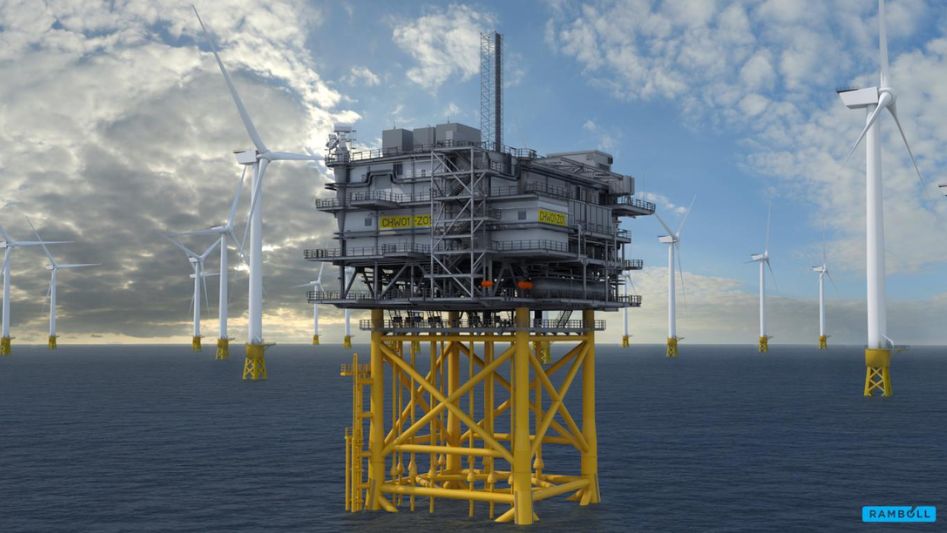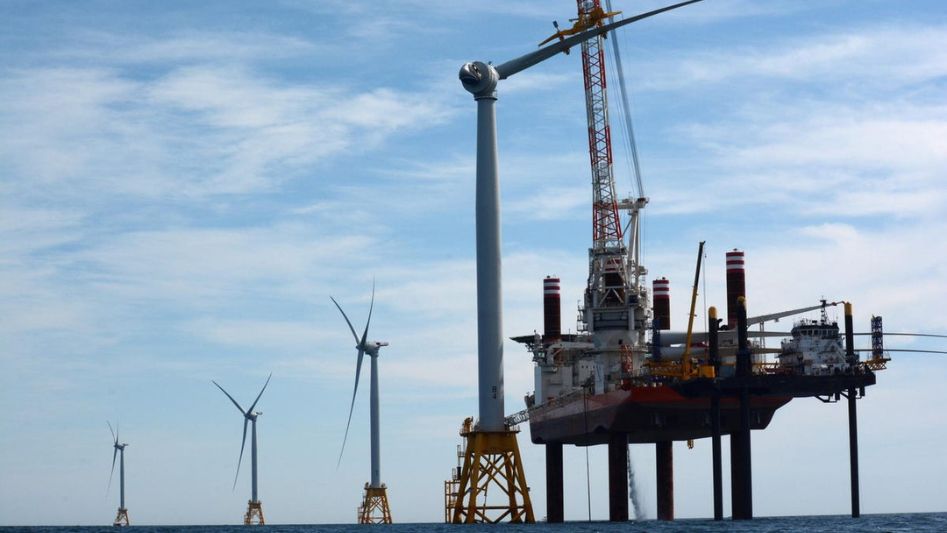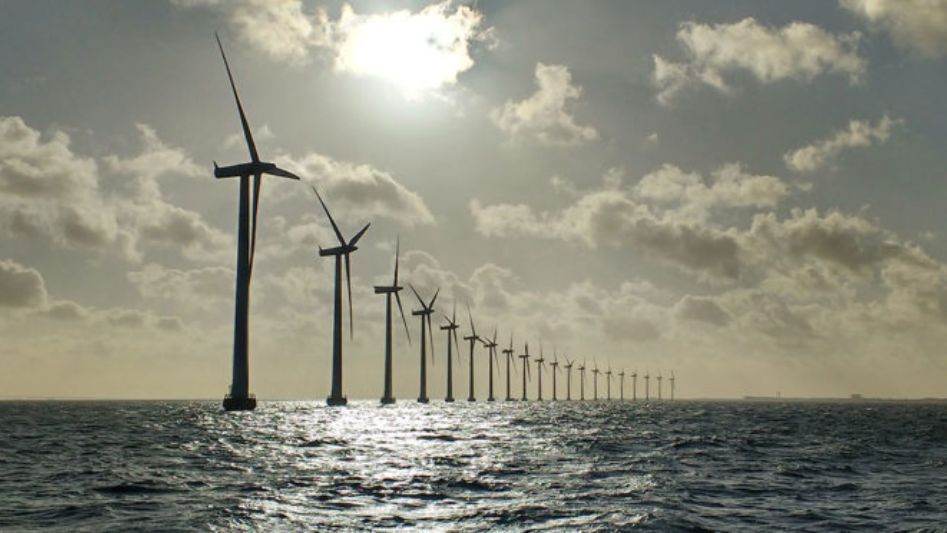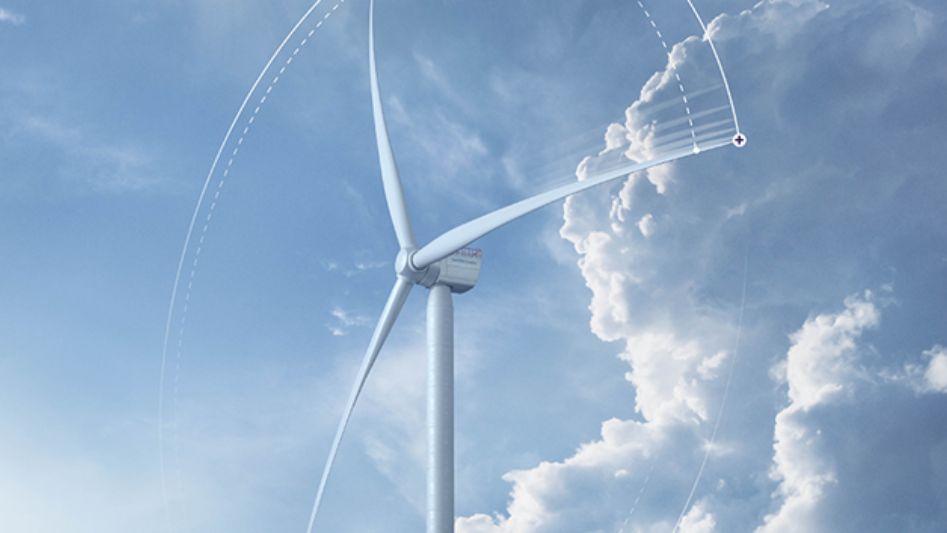The Wind Shot program is helping to accelerate the growth of offshore wind energy by providing funding and support for the development of innovative technologies.
Table Of Content
Several government departments are working on plans to build new offshore wind platforms that can float on water.
The New Floating Offshore Wind Farm was announced by Gina McCarthy, the White House’s National Climate Advisor; Jennifer Granholm, the U.S. Department of Energy’s Secretary; and Deborah Haaland, the U.S. Department of the Interior’s Secretary. The target for the Wind Shot is a 70% reduction in expenses by the year 2035. The goal of the effort is to lower the price of floating technology to $45/MWh by accelerating advances in engineering, manufacturing, and other areas of innovation.
We invite you to read: “China Building World’s Largest Offshore Wind Farm”

The White House has indicated that in the shallow seas off the East Coast and the Gulf of Mexico, typical offshore wind turbines may be fastened straight to the sea bottom. Two-thirds of the offshore wind energy potential in the United States is in deep water areas that need floating platforms, such as the West Coast and the Gulf of Maine.
In order to meet the need for more offshore wind power, the federal government has committed to accelerating the development of deep-water lease areas with the purpose of installing 15 GW of floating offshore wind capacity by 2035. It would help the country reach its target of installing 30 GW of offshore wind by 2030. Technology with a fixed bottom would be able to accomplish that purpose.
The Biden administration has launched a new prize competition for floating offshore wind platform technologies; initiatives funded by the Bipartisan Infrastructure Law to develop modeling tools for project design and analyze port needs; and additional funding for research, development, and demonstration efforts to further the goals. In addition, the newly approved Inflation Reduction Act provides clean energy tax credits to help finance domestic wind turbine blades, fixed-bottom and floating platforms, and installation boats.
The Departments of Energy (DOE), Interior (DOI), Commerce (DOC), and Transportation (DOT) are the primary agencies driving the floating offshore wind farm. The Energy Department (DOE) and National Science Foundation (NSF) will work together on scientific studies and training for new scientists.
Beginning with an auction off the coast of California by the end of 2022, the Department of the Interior’s Bureau of Ocean Energy Management (BOEM) will advance lease areas in the deep seas for floating technologies.
Nearly $50 million in financing for R&D and demonstration projects was announced by DOE, including backing from the Bipartisan Infrastructure Act. The Floating Offshore Wind Readiness Prize is one such program. The $6.85 million prize pool is meant to incentivize participants to perfect floating platform technology for mass production and commercialization on home soil.
Also, the Department of Energy (DOE) announced a $3 million project funded by the Bipartisan Infrastructure Law to create a set of modeling tools to help industry and researchers design commercial-scale floating offshore wind farm arrays in U.S. waters, including their anchors, mooring lines, and subsea power cables.
We invite you to read: “Onshore Versus Offshore Wind Energy: Pros & Cons”

In addition, the West Coast ports and modifications necessary to deploy commercial-scale floating offshore wind will be mapped out as part of a roughly $1 million effort financed by the Bipartisan Infrastructural Law to alleviate infrastructure difficulties. DOE has launched an assessment of transmission studies to see where there are knowledge gaps with regards to integrating offshore wind in California, Oregon, and Washington. It is hoped that this effort will facilitate future research that will assist in transmission planning and construction.
Phase two of the Aerodynamic Turbines, Lighter and Afloat, with Nautical Technologies and Integrated Servo-Control (ATLANTIS) initiative is expected to get $31 million in financing from the Department of Energy’s (DOE’s) Advanced Research Projects Agency-Energy (ARPA-E). Cost reduction is a primary goal of the initiative, which centers on innovative systems engineering for floating offshore wind installations. The second stage of developing new technologies for floating offshore wind turbines will include experimental testing in ocean, lake, tank, and tunnel conditions.
A $1.6 million effort to help bats and floating offshore wind farms get along was also announced by the Department of Energy and the Bureau of Ocean Energy Management for the West Coast.
Supporting offshore wind transmission for both fixed-bottom and floating technologies, the Department of Energy and the New York State Energy Research and Development Authority (NYSERDA) have funded a partnership called the National Offshore Wind R&D Consortium, which has announced five projects totaling $3.5 million.
According to the White House, these measures will put the United States at the forefront of floating offshore wind technology. It was said that over 50 GW of fixed-bottom offshore wind has been implemented worldwide, but only around 0.1 GW of floating offshore wind has been used so far.
Conclusion
It is safe to say that the offshore wind sector has greatly benefited from the Wind Shot initiative. This program has contributed to a rise in the number of offshore wind farms in operation by offering financial support and technical assistance to offshore wind projects. The increased usage of offshore wind energy has benefited the environment by decreasing our need for fossil fuels and cutting down on carbon dioxide emissions.
We invite you to read: “Floating Offshore Wind Is Driven By Dramatic Innovation”
FAQs
Why is offshore wind better than onshore?
The power produced by offshore wind farms comes from the wind that blows out to sea. Offshore wind farms are more productive than onshore ones because the winds are stronger and more consistent and there are no land or man-made things in the way.
What is an offshore wind accelerator?
Our flagship collaborative RD&D initiative, the Offshore Wind Accelerator (OWA), was established in 2008 with the goals of lowering the price of offshore wind, removing market obstacles, creating industry best practices, and triggering the creation of new industry standards.
Why do people oppose offshore wind energy?
The caller said that some locals are against wind turbine efforts due to fears that they would have a bad effect on tourism, the fishing economy, and marine species.
Is offshore wind the future?
There will be a dramatic increase in wind power thanks to the burgeoning offshore wind industry. Offshore wind farms are poised to become the next major market for renewable energy.
You May Also Like
- Windmill vs. Wind Turbine: What’s the Difference?
- Vertical Axis Wind Turbines Will Dominate The Floating Offshore Wind Market
- Massive Support For Onshore Wind Energy Projects In The UK
- What is the Next Generation Wind Technology?
- New Wind Power Tech Added 1,050 MW for New Mexico


